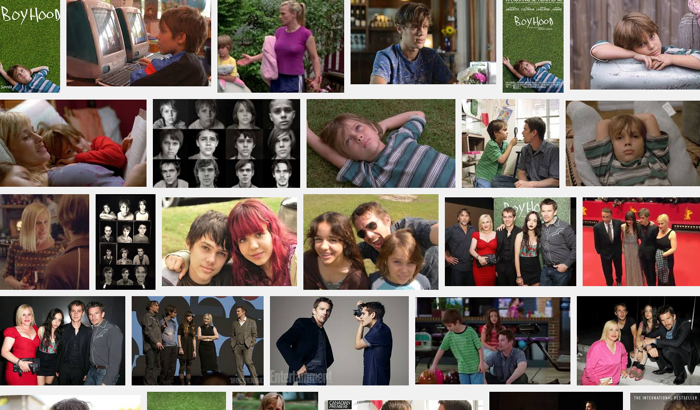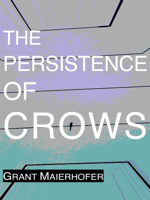
Writer-director Richard Linklater has made a career out of making films that span a single day. From his 1991 breakthrough, Slacker, to the beloved Dazed and Confused, to the seminal Before Sunrise and Before Sunset, he has consistently shown an interest in the minute details that compose his characters’ daily lives.
In some ways, his latest, the epic Boyhood, is the antithesis of these other films; instead of focusing on one day, Linklater has made an incredible film that spans 12 years in the life of a boy growing up in Texas named Mason (Ellar Coltrane). The production of the film has already been the subject of much discussion; Linklater shot a new segment every year for 12 years, allowing the audience to watch Mason and his family age before their very eyes. It is truly an incredible experience, a singular work in the filmmaker’s already-unique oeuvre.
However, Linklater’s preoccupations remain intact: his conversational, philosophical dialogue, his use of music to capture a specific time and place, and, perhaps most importantly, his obsession with the nature of memory and time. By zeroing in on specific moments from each year of his characters’ lives and conveniently placing them next to one another, he gives his audience the unique opportunity to discover connections amongst the small, seemingly-insignificant moments that compose a life.
For example, one can see Mason’s emerging artistic temperament. In one of the opening scenes, he and a childhood friend spray-paint graffiti on a tunnel wall. What at first seems to be an example of simple, childhood rebellion turns out to be one of the first sparks of a lifelong interest in art. Later in the film, when the middle-school-aged Mason shows a girl a piece of graffiti he made and displayed in his room, one can’t help but be reminded of the aforementioned scene, which, in retrospect, holds much more significance than one initially expects.
Such connections can also be made for the secondary characters. At one point, Mason’s mother, played wonderfully by Patricia Arquette, urges a young landscaping worker to go to school. Toward the end of the film, the man, now a successful professional earning a college degree, runs into her and thanks her for inspiring him to get an education. The mother’s kind, but distant response to the young man suggests that she may not remember her encounter with him from years before. The audience, however, does remember, which raises an interesting question for the viewer: Are there any important moments from my life, moments that had an effect on either me or someone else, that I do not remember? Obviously, each year of a person’s life does not consist of a few, specific scenes neatly lined up against one another; the important moments, the important “scenes,” can easily get lost in the banalities that make up everyday life.
But that’s not to say that Linklater is only concerned with “big” life moments. Sure, he covers the mother’s ugly string of divorces, Mason’s first serious girlfriend, his growing love for photography, and his culminating arrival at college. But he also pauses to take in the beauty of smaller moments in the boy’s life: making smores with his father (Ethan Hawke); discovering a dead bird in the backyard; fighting with his sister, Samantha (Lorelei Linklater), in the backseat of a car;drinking his first beer. These moments are just as significant, Linklater seems to suggest, as the more overtly-dramatic scenes.
Boyhood is as much a record of the passage of time in general as it is a record of these characters’ growth (though the characters are fictional, their aging processes are very real). The emphasis on the ambiguous progression of time is solidified when Mason observes that we are always stuck in the “now”; indeed, it is difficult to notice how we transform over time, since everything we experience is locked in the present. Watching Boyhood, however, allows the viewer to step outside of his or her self and objectively watch someone age 12 years over the course of a few hours. In a way, the film is a sort of magic, a compression of time.
Ultimately, Linklater seems to arrive at the bittersweet conclusion that time is circular. Having had a baby boy with his new wife, the father observes at Mason’s high school graduation party that his younger son will not be in Mason’s position for many years to come. Just as one boyhood ends, another begins. The process repeats itself, the wheel keeps spinning.
For more film reviews by Thomas Puhr, visit http://screenicebergs.blogspot.com/








